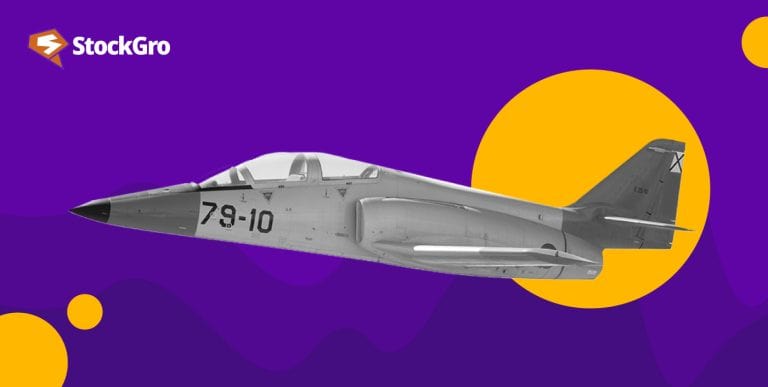
Employee compensation in India includes more than just a basic salary. Companies offer various allowances to their employees to cover specific expenses incurred during their employment. These allowances can be broadly categorised into house rent allowance (HRA), leave travel allowance (LTA), and other special allowances.
This article explores the concept of special allowances in India. We will explore their meaning, tax implications, and exemption criteria. Understanding these aspects is essential for both employers and employees to ensure a proper compensation structure and tax compliance.
What is a special allowance in salary?
A special allowance is a component of an employee’s salary designed to cover expenses incurred while performing their job duties. Unlike the fixed basic salary, special allowances can vary depending on the nature of employment, location, or other employer-determined criteria.
These allowances are often introduced to address particular needs or to reward employees for taking on additional responsibilities. As it is part of the salary, it is taxable.
Must read: Capital gains tax – overview, types, and current rates
Example of special allowance
A few examples of special allowance in salary are:
- Conveyance allowance
- Tribal area allowance
- Children’s education and hostel allowance
- House rent allowance (HRA)
- Transport allowance
- Uniform allowance
- High altitude allowance
- Leave travel allowance (LTA)
- Helper/assistant allowance
- Research allowance
Taxability of special allowances
Allowances are taxable for employees unless specific exemptions apply, as outlined in the Income Tax Act. For special allowance tax exemption, the following conditions must be satisfied:
- The allowance must be essential for the job.
- The allowance must be exclusively used for job-related expenses.
- The allowance cannot be utilised for personal expenses.
- Only the portion of the allowance used for job purposes is tax-exempt.
- The exempt amount is determined by comparing the actual expenses incurred by the employee and the provided allowance and taking the lesser of the two.
Certain benefits, such as city compensatory allowances, are not tax-exempt. House rent allowance (HRA) offers partial tax exemption. Additionally, payments or advances given to the Supreme Court and High Court justices are subject to specific tax laws.
You may also like: How to understand and manage deferred taxation in business?
Types of special allowance and exemption
Let’s explore some of the special allowance exemptions available under both the old and new tax regimes:
| Allowance | Exemption in old tax regime | Exemption in new tax regime |
| Children’s education allowance | The maximum exemption is ₹100 per month per child for up to two children. Any amount exceeding this limit is taxable. | Fully-taxable |
| Hostel allowance | Maximum exemption of ₹300/month/child for two children. Any amount exceeding this limit is taxable. | Fully-taxable |
| Transport allowance (commuting between residence and place of duty) | For a handicapped employee, the maximum exemption is ₹3200/month. | Actual expenses incurred for performing duty. For a handicapped employee, the maximum exemption is ₹3200/month. |
| Underground allowance | For employees working in underground mines, the maximum is ₹800/month. Any amount exceeding this limit is taxable. | Fully-taxable |
| Tribal area allowance | For employees living in hilly or scheduled areas, the maximum is ₹200/month. Any amount exceeding this limit is taxable. | Fully-taxable |
| Travelling allowance | This is a special allowance for covering the cost of travel or tours while doing a job. Actual expenses incurred for this purpose are exempt from tax. | Actual expenses incurred for performing official duty. |
| Daily allowance | The daily expenses incurred by employees while on tour come in the daily allowance category. Actual expenses incurred for this purpose are exempt from tax. | Actual expenses incurred for performing official duty. |
| Uniform allowance | This is the allowance for purchasing and maintaining a uniform while doing the job. Actual expenses incurred for this purpose are exempt from tax. | Fully-taxable |
| Helper allowance | This is a special allowance offered for hiring help to perform a job. Actual expenses incurred for this purpose are exempt from tax. | Fully-taxable |
| Research/academic allowance | This is a special allowance provided for conducting research and training. Actual expenses incurred for this purpose are exempt from tax. | Fully-taxable |
| Conveyance allowance | This is the allowance incurred on conveyance for performing a job. Actual expenses incurred for this purpose are exempt from tax. | Actual expenses incurred for performing official duty. |
Must read: IGST explained: Simplifying inter-state taxation in India
Let’s understand how special allowances are calculated with an example.
Assume the basic salary of an employee, A, is ₹50,000/month, and he receives a children’s education allowance of ₹100 per month for one child.
Here, the maximum exemption on the children’s education allowance in the old tax regime is ₹100 per child, making it fully exempt from tax. However, if he opts for the new tax regime, the allowance will be fully taxable.
Conclusion
Special allowances play a crucial role in the salary structure in India, offering financial support for specific needs and rewarding employees for their performance. Understanding the taxation and exemption rules related to these allowances is essential for accurate financial planning and compliance.
By staying informed about how special allowances in salary are taxed and exempted, employees can effectively manage their tax liabilities.

